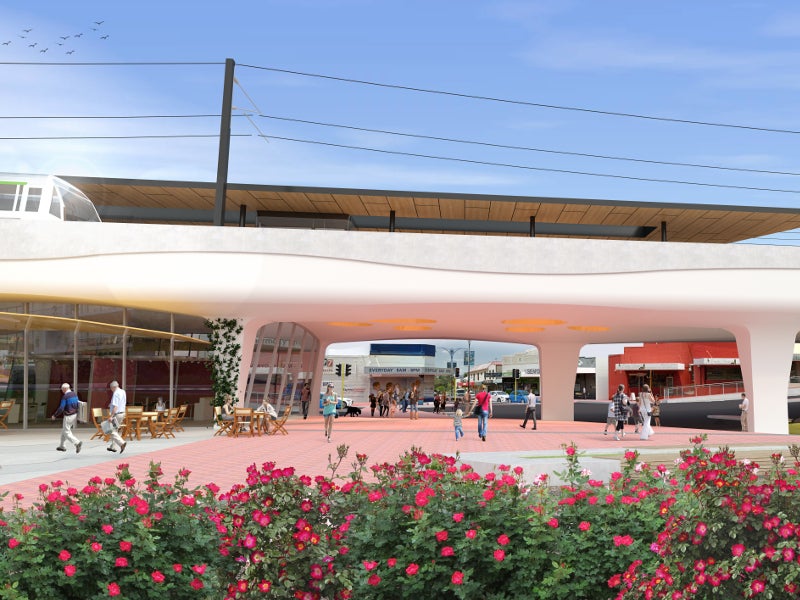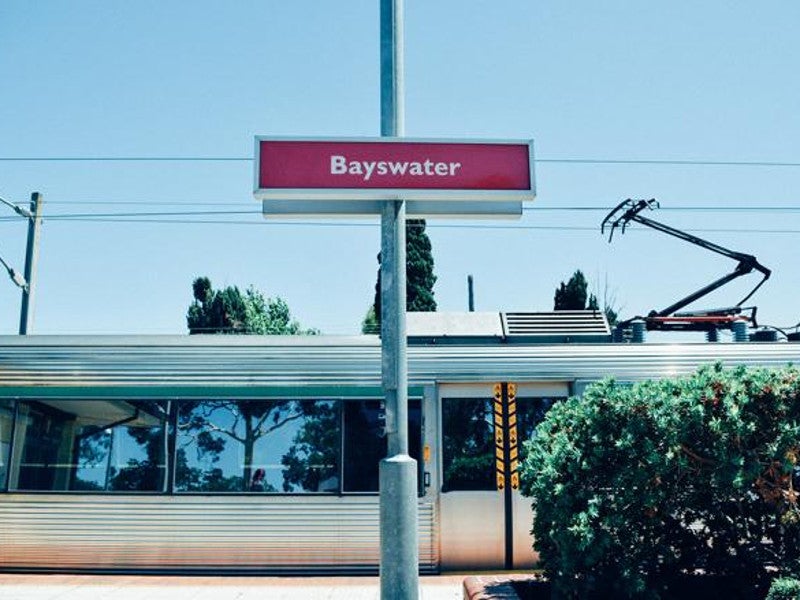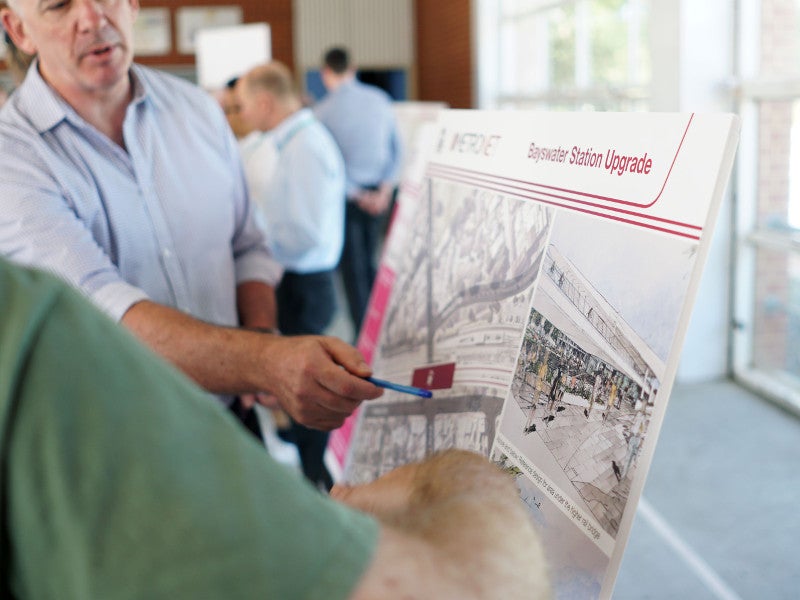Bayswater Station located on the Midland Line in Perth, Western Australia, will undergo a major transformation as a part of the METRONET programme of the Western Australia Government.
The programme is intended to link suburbs and reduce traffic congestion around Perth by implementing a series of new rail projects and upgrades.
The station upgrade is being carried out to accommodate the future Forrestfield-Airport Link and Morley-Ellenbrook Line.
The Government of Western Australia will undertake the A$146m ($107.65m) upgrade project. Construction is expected to begin in late-2019 and is scheduled for completion in 2021 before the opening of Forrestfield-Airport Link.
Details of Bayswater station upgrade
The platforms near Whatley Crescent will be relocated onto the rail bridge, which will result in the removal of passenger parking along the area. The length of the platforms will be extended to accommodate future six-car trains.
A new and higher rail bridge to be built as part of the upgrade will also include an elevated principal-shared path. Rail infrastructure between Bayswater and Meltham stations will also be improved and the pedestrian underpass at Leake Street will be extended.
The upgrade project will also include a turnback siding between Meltham and Bayswater stations for railcars serving the Forrestfield-Airport Link and Morley-Ellenbrook Line.
The pedestrian paths in front of the retail precinct will be widened and an additional open space will be created under the rail bridge. The existing rail bridge will also be replaced while increasing the clearance from 3.8m to 4.8m.
A grade-separated path will be built, phasing at the traffic signals will be improved, and road crossings for bus-train transfers will be reduced.
Traffic congestion at Whatley Crescent will be improved by reducing the existing alignment to one lane in each direction, removing one set of traffic signals, and prioritising local traffic in the area.
A section of Whatley Crescent between King William and Hamilton streets will be lowered to provide a second underpass towards Beechboro Road under the new rail bridge. The new METRONET station will have full disability access.
Design details of Bayswater station upgrade
METRONET team selected a concept design after a consultation process following the announcement of the upgrade project in March 2018. The concept design calls for improving connections, increasing bus services to the station, enhancing cycling and pedestrian movements, and building a rail bridge and station.
The station’s design will reflect the area’s character, while platforms and public spaces will be designed to offer shelter from elements of weather such as heat and rain.
Design and structure of the station will be integrated with the town centre and will support long-term opportunities for future growth in the town centre.
The concept design has space allocation for the proposed Morley-Ellenbrook Line connection. It supports the creation of new public places around the station and at the Whatley Crescent-Hamilton Street connection.
Future-proof design will allow for the integration of a potential second bridge and a platform.
Other improvements at the Australian railway station
Whatley Crescent and Beechboro Road South will be connected and the signalised intersection at Coode Street-Railway Parade will be removed.
The King William Street-Whatley Crescent intersection will be reconfigured for new pedestrian paths and improved vehicle movement. Two station entrances will be provided to reduce passenger crossings and alternative emergency exits will be added.
The bus service will be integrated with the local road network, which will eliminate buses turning into residential streets or running from a large bus interchange within the town centre.










